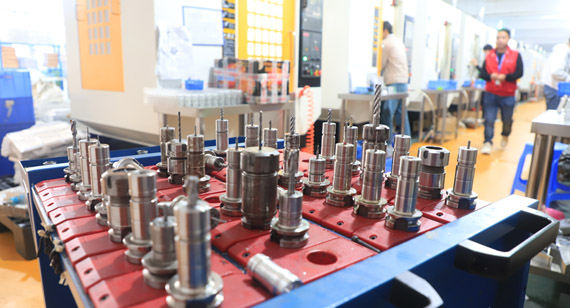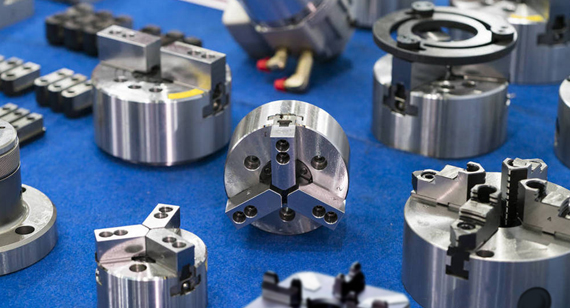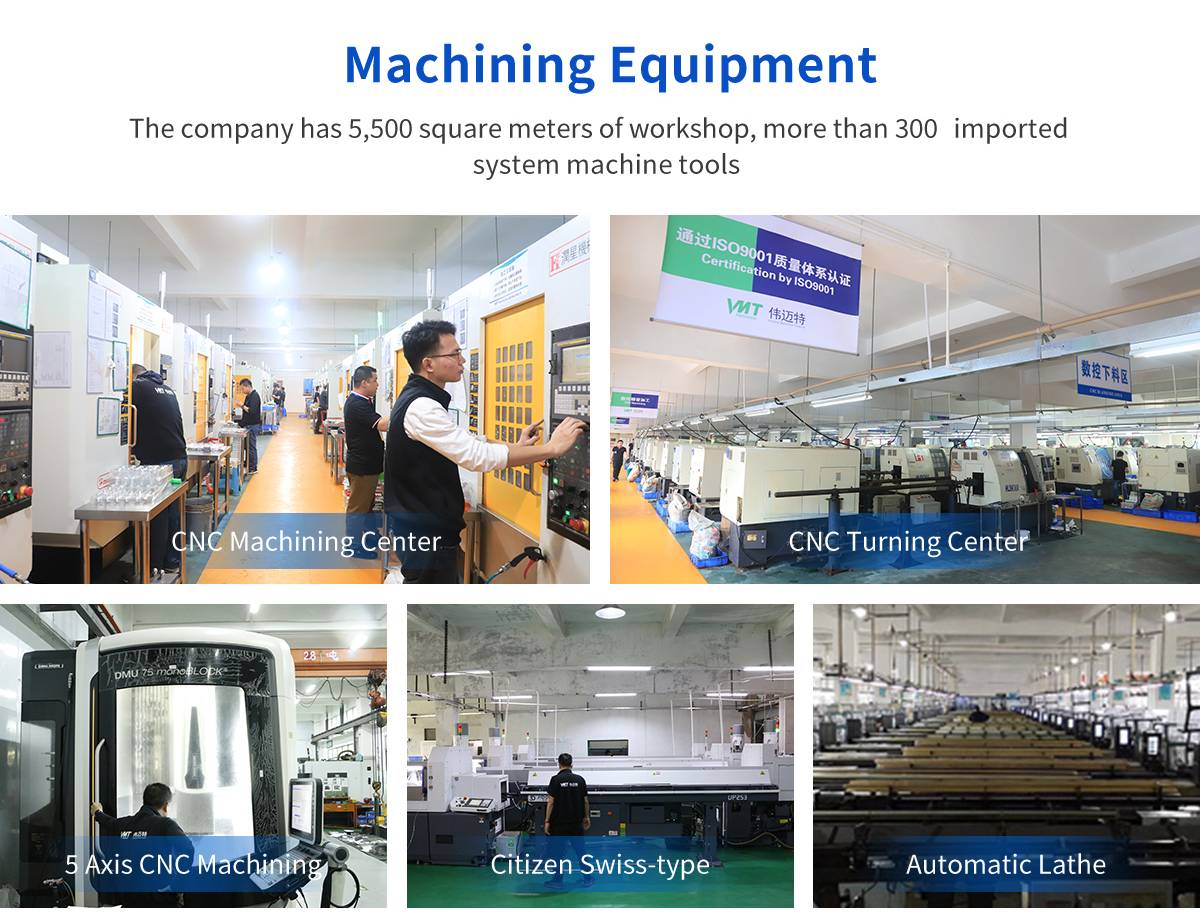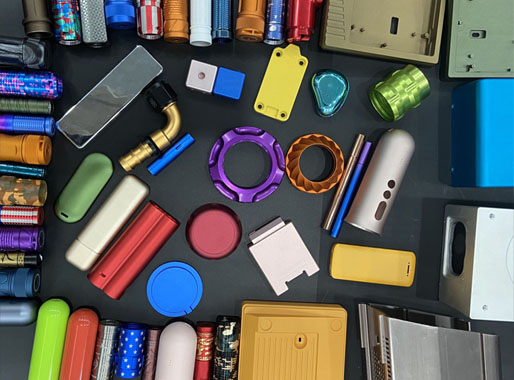15 years one-stop China custom CNC machining parts factory

Hey there I’m VMT Sam!
With 25 years of CNC machining experience we are committed to helping clients overcome 10000 complex part-processing challenges all to contribute to a better life through intelligent manufacturing. Contact us now
 124 |
Published by VMT at Mar 22 2024
124 |
Published by VMT at Mar 22 2024
Differences Between Aluminum CNC Machining and Machining of Other Materials
In the realm of CNC machined parts manufacturing, aluminum CNC machining stands out due to its unique material characteristics and processing requirements, presenting significant differences compared to the machining of other materials. This article will thoroughly explore the disparities between aluminum CNC machining and the machining of other materials in various aspects, aiming to provide readers with in-depth professional knowledge and insights.

I. Differences in Material Characteristics:
Aluminum, being a lightweight metal with characteristics such as low density, good conductivity, and corrosion resistance, imparts unique advantages and challenges to aluminum CNC machining. In contrast, materials like steel and iron have higher density and hardness, leading to variations in cutting forces and cutting speeds during machining.
Aluminum's excellent thermal conductivity facilitates rapid heat dissipation during processing, reducing tool wear and thermal deformation. However, its relatively low hardness makes it prone to burrs and deformation, demanding higher precision and surface quality.
The active chemical nature of aluminum makes it susceptible to oxidation. Therefore, special attention is required to control the machining environment and prevent oxidation from affecting machining quality and tool life.
II. Differences in Machining Processes:
Aluminum CNC machining differs significantly from other materials in terms of cutting parameters, tool selection, and fixture design.
Due to the lower hardness and strength of aluminum, the cutting forces and cutting speeds required during machining are comparatively smaller. Therefore, appropriate cutting depths and feed rates must be selected in aluminum CNC machining to ensure both efficiency and quality.
Tool selection for aluminum machining requires materials with excellent heat resistance and wear resistance, such as carbide or ceramic tools. Additionally, the geometry and angles of the tools need to be optimized based on the material characteristics to enhance cutting efficiency and machining quality.

Fixture design must account for aluminum's lower elastic modulus, which makes it prone to deformation during machining. Rational fixture structures are essential to ensure stability and precision throughout the machining process, with adjustments to clamping forces to prevent workpiece deformation.

III. Differences in Machining Equipment:
Aluminum CNC machining imposes specific requirements on machining equipment compared to other materials. Aluminum's excellent thermal conductivity makes it prone to heat transfer to machine tools and fixtures, causing thermal deformation and fixture loosening. Therefore, aluminum CNC machining necessitates the use of machining equipment with excellent thermal stability and rigidity to ensure machining precision and stability.
Effective chip evacuation systems and good cleaning and maintenance capabilities are essential for aluminum CNC machining equipment to handle the generation of chips and dust during processing.

IV. Differences in Post-Processing and Applications:
Aluminum CNC machined parts exhibit unique characteristics in post-processing and applications. Aluminum's ease of surface treatment, such as anodizing or coating, enhances corrosion resistance and aesthetics. These post-processing techniques not only improve the performance of aluminum parts but also broaden their application in industries such as automotive, aerospace, and electronics.

In contrast, other materials like steel and iron may require different post-processing techniques, such as quenching and tempering, to enhance mechanical properties. Application-wise, these materials may be more suitable for environments requiring high loads and elevated temperatures.
V. Case Analysis and Practical Experience:
To illustrate the differences between aluminum CNC machining and machining of other materials, a CNC machining factory faced challenges in producing parts for an automotive manufacturer. The factory found that adjusting cutting parameters, tool selection, and fixture design were crucial when machining aluminum parts. Additionally, the factory discovered that due to the substantial heat generated during aluminum machining, machine tools with good heat dissipation capabilities were essential.
Through continuous optimization of machining processes and equipment selection, the factory successfully improved the quality and efficiency of aluminum CNC machined parts. The accumulated practical experience serves as valuable reference for future aluminum CNC machining endeavors.
VI. Conclusion and Future Outlook:
In conclusion, aluminum CNC machining exhibits notable differences from the machining of other materials in terms of material characteristics, machining processes, equipment requirements, and post-processing and applications. These disparities endow aluminum CNC machining with unique value and challenges in the manufacturing domain. As the manufacturing industry continues to evolve and technological advancements unfold, aluminum CNC machining will face both opportunities and challenges.
As experts in the field of CNC machined parts manufacturing, it is imperative to delve into and master the technical features and requirements of aluminum CNC machining, contributing knowledge and expertise to the development of the manufacturing industry. Simultaneously, staying abreast of trends in new materials, processes, and technologies is crucial to broaden knowledge and enhance professional capabilities, aligning with the evolving needs of the industry.
Ready To Start Your Next Project?
Get Instant Quote

Request a Free Quote
Send us a message if you have any questions or request a quote. We will get back to you ASAP!